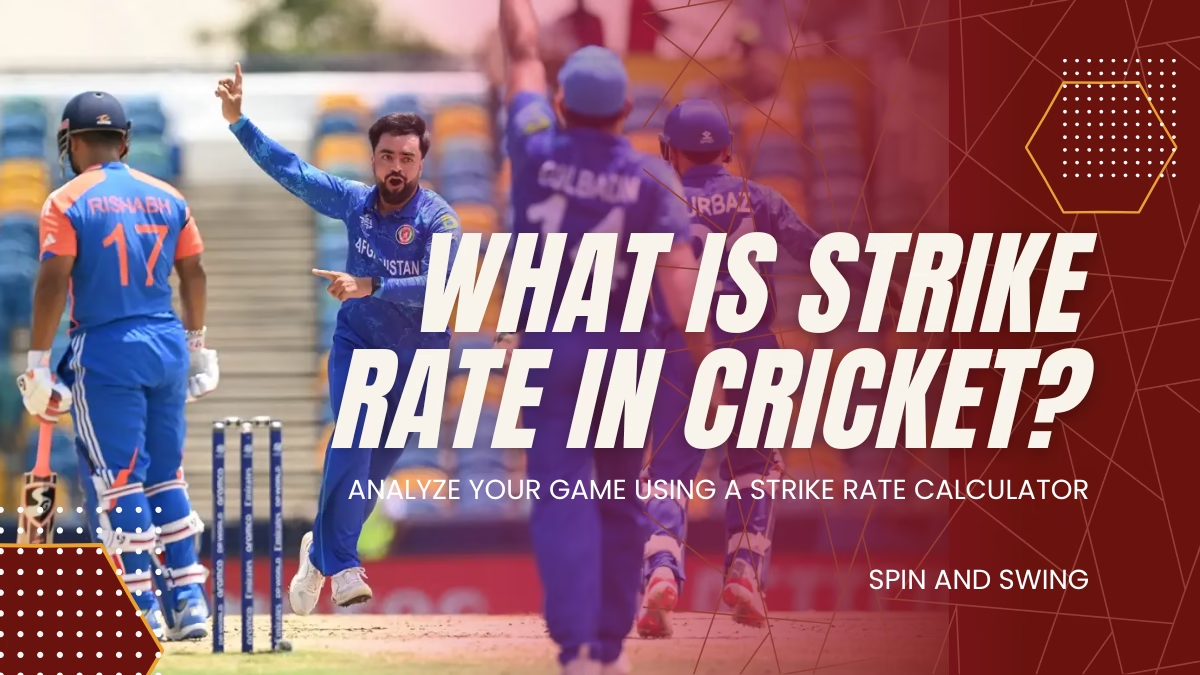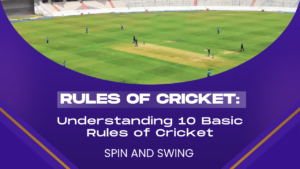Cricket is full of numbers, and one of the most talked-about metrics is strike rate. If you’re a batsman wanting to score faster or a bowler trying to take wickets more quickly, knowing your strike rate can help you understand how you’re doing and how to get better. But what is strike rate in cricket, and why does it matter so much?
Let’s break it down and learn how to measure it, use a strike rate calculator, and understand the impact it has across different formats of the game.
Strike Rate Meaning
The meaning of strike rate in cricket depends on whether you’re talking about a batsman or a bowler. Though the term is used in both cases, it’s calculated differently for each.
- Batting Strike Rate: The number of runs a batsman scores per 100 balls faced.
- Bowling Strike Rate: The average number of balls bowled to take a wicket.
So, what is strike rate? In simple words, it’s a way to understand how quickly a batsman scores or how often a bowler takes a wicket.
What is Batting Strike Rate and Why It Matters
The batting strike rate is a crucial factor in limited-overs cricket. It tells you how fast a batsman is scoring runs. In T20s, for example, a strike rate of over 150 means the batter is scoring 1.5 runs per ball on average—a massive advantage for the team.
How to Calculate Strike Rate in Cricket (Batting)
The formula is straightforward:
Strike Rate = (Total Runs Scored ÷ Balls Faced) × 100
If a player scores 60 runs from 40 balls, his strike rate will be:
(60 ÷ 40) × 100 = 150.00
Using a strike rate calculator can help speed up this process during analysis or live commentary. It’s beneficial for coaches, fantasy cricket players, and analysts.
What is Bowling Strike Rate and How It Helps Bowlers
Now, let’s flip the coin and explore the “bowling strike rate”, a key metric that shows how often a bowler takes a wicket. For bowlers, it’s not about speed but about wicket-taking frequency. The bowling strike rate meaning shows how many balls a bowler needs to take one wicket.
How to Calculate Strike Rate (Bowling)
The formula is:
Bowling Strike Rate = Balls Bowled ÷ Wickets Taken
So if a bowler delivers 300 balls and takes 15 wickets:
300 ÷ 15 = 20.00
A lower bowling strike rate means the bowler is taking wickets more often, which is a valuable trait in any format. So, if you’re wondering what is bowling strike rate, it’s the bowler’s average number of deliveries per wicket.
Why Strike Rate is Different Across Formats
The importance of strike rate varies with the format:
- In Test cricket, a high batting strike rate is a bonus but not always expected. Batters focus more on staying at the crease.
- In ODIs, maintaining a balance between strike rate and batting average is key.
- In T20s, highest strike rate in T20 is often a benchmark for match-winning batsmen.
For bowlers, a lower strike rate is valuable in Tests to break partnerships and in T20s to control the scoring rate.
Highest Strike Rates in Cricket: Batting Brilliance
Some cricketers have built their careers around explosive strike rates. Let’s look at records across formats.
Highest Strike Rate in ODI Cricket
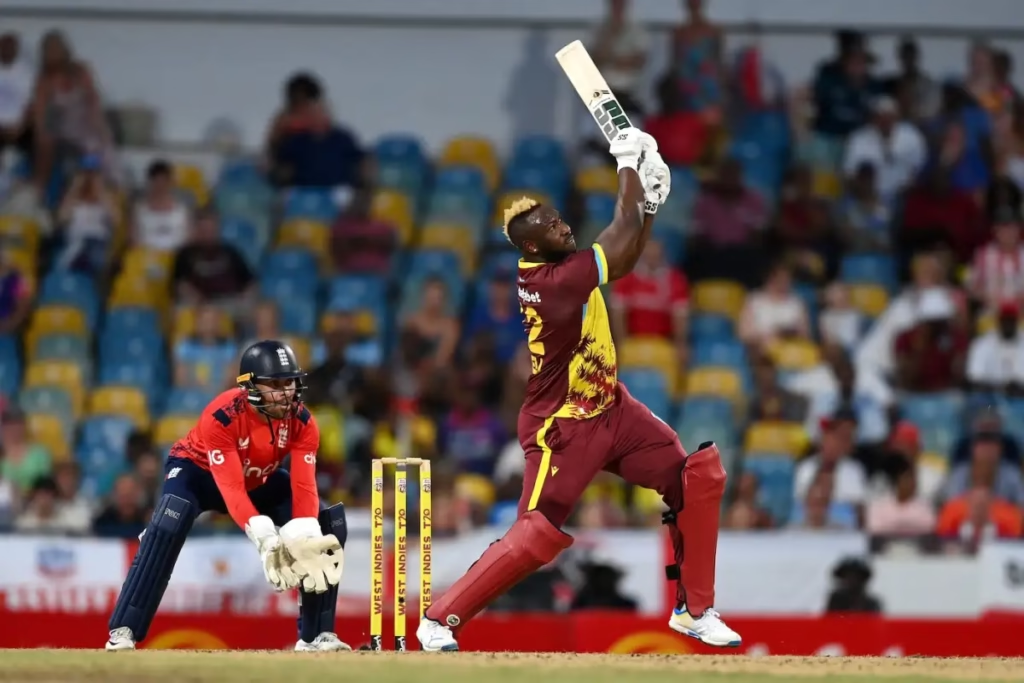
- Andre Russell, Glenn Maxwell, and Jos Buttler have often topped the highest strike rate in ODI charts.
- These players bring unmatched hitting power to the middle overs.
Highest Strike Rate in T20
- Players like Peter Nevill and Scott Kuggeleijn feature prominently.
- Strike rates over 200 are considered elite in this format.
Highest Strike Rate in Test
- Not commonly tracked, but players like Virender Sehwag and Rishabh Pant have impressive strike rates even in Tests, crossing the 80–90 mark.
Highest Strike Rate in IPL
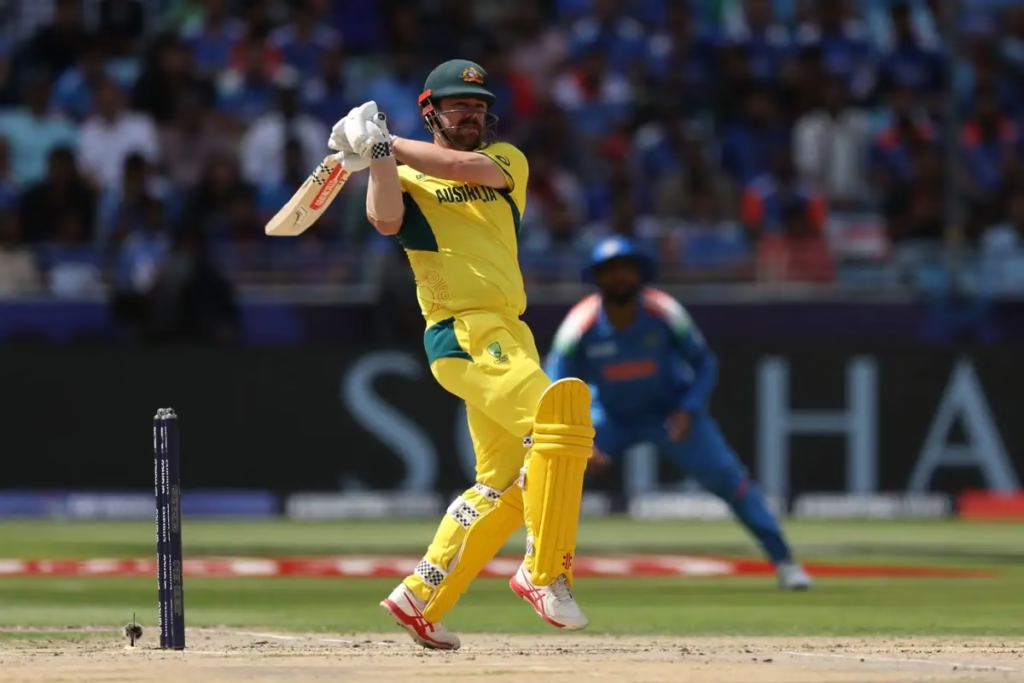
- In the IPL, power hitters like TM Head, Andre Russell, and H Klaasen dominate.
- A strike rate in IPL over 150 is often considered exceptional.
Bowling Perspective: Highest Impact Through Strike Rate
Let’s not forget bowlers. A good bowling strike rate helps teams break the momentum. While the economy rate shows how tight a bowler is, the strike rate shows how quickly they can take wickets.
Bowling Strike Rate Records
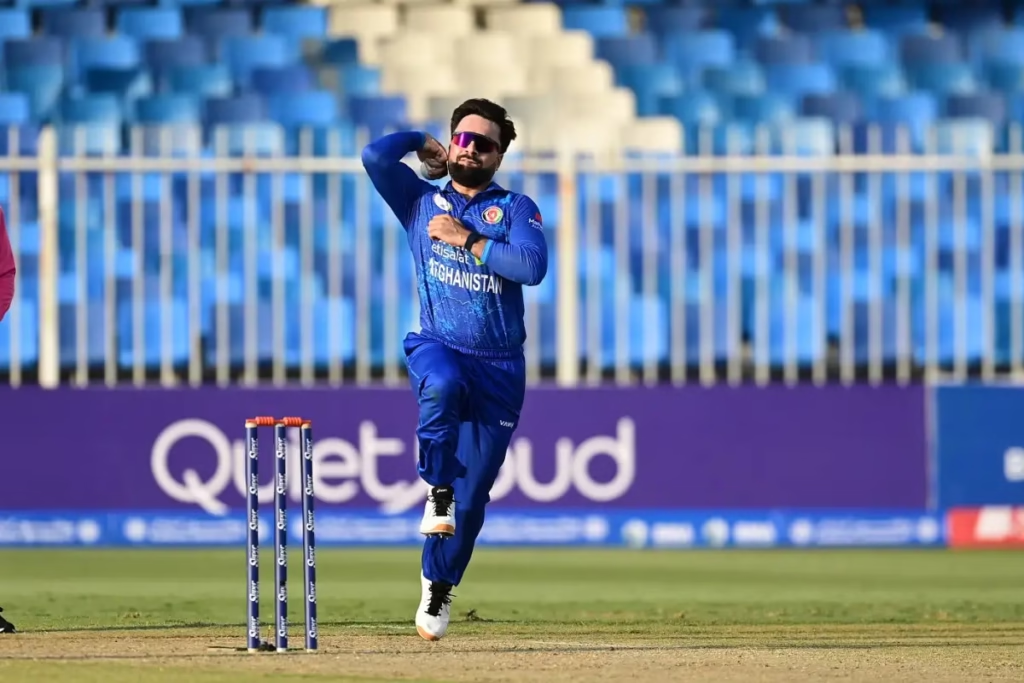
- In ODIs and T20s, Rashid Khan, Jasprit Bumrah, and Shaheen Afridi have impressive numbers.
- Test bowlers like Kagiso Rabada and Pat Cummins maintain a strike rate below 50, meaning they take a wicket every 8–9 overs.
If you’re trying to assess what is bowling strike rate, just remember: the lower, the better.
Using a Strike Rate Calculator for Game Analysis
A strike rate calculator is a simple online tool or app feature that lets players, fans, and analysts plug in numbers (runs, balls, wickets) and instantly get the strike rate.
When to Use a Strike Rate Calculator
- During live commentary or analysis
- For fantasy cricket team building
- Post-match player review
- Coaching and training sessions
Instead of manually crunching numbers, you can enter values and assess performance instantly. This can help you understand trends in form and match-readiness.
Why You Should Track Strike Rate More Often
Whether you’re a player, coach, or cricket fan, tracking the strike rate helps you better understand the game and its strategies. It’s not just a number—it’s a reflection of a player’s approach, impact, and effectiveness.
- A batter with a high strike rate adds pressure on bowlers.
- A bowler with a low strike rate breaks partnerships and keeps the game moving.
- Comparing batting vs. bowling strike rate during a match can give insights into momentum shifts.
Final Thoughts
Understanding what is strike rate in cricket goes beyond just knowing a formula. It’s about reading the game better—whether you’re watching it, playing it, or analyzing it. From how to calculate strike rate in cricket to using a strike rate calculator, it gives you control over how you assess players’ performances.
From the highest strike rate in T20 to the meaning of strike rate in cricket, every number tells a story. Now that you know how to use it to your advantage, you’re not just watching cricket—you’re reading the game like a pro. For more cricket and IPL updates, visit our website, Spin and Swing, where sports, technology, and innovation converge to enhance your cricketing experience.
FAQs
What is strike rate in cricket?
Strike rate in cricket measures how quickly a batter scores or how frequently a bowler takes wickets.
What is strike rate in cricket meaning for batters?
It’s the number of runs scored per 100 balls faced by a batter.
What is bowling strike rate in cricket?
Bowling strike rate is the average number of balls a bowler takes to dismiss a batter.
How to calculate strike rate in cricket?
Divide runs scored by balls faced and multiply by 100 for batters.
Who has the highest strike rate in IPL history?
TM Head holds one of the highest strike rates in IPL history, often crossing 170.
What is the highest strike rate in ODI format?
In ODIs, Andre Russell, Jos Buttler, and Glenn Maxwell rank among the players with the highest strike rate in cricket.

